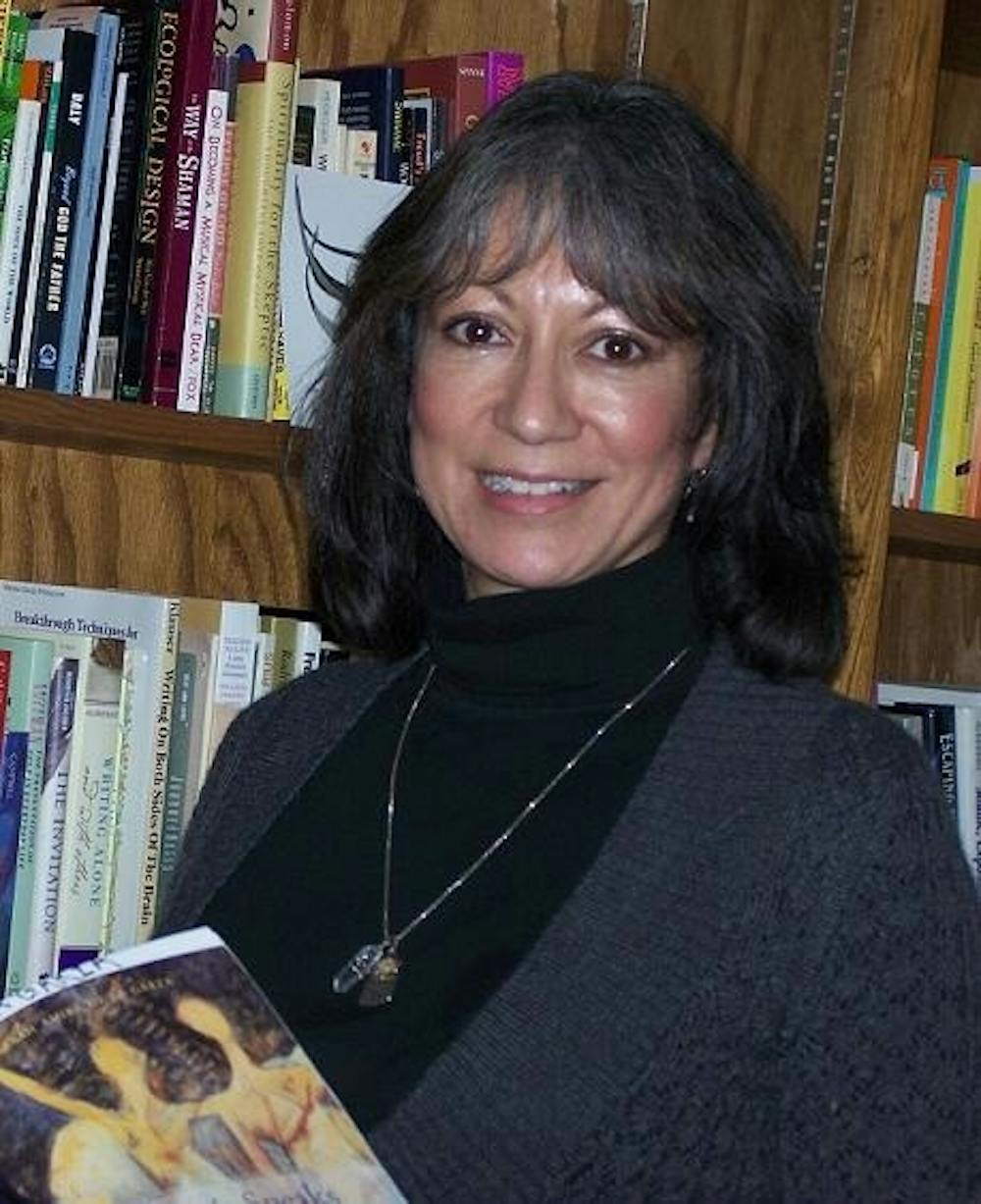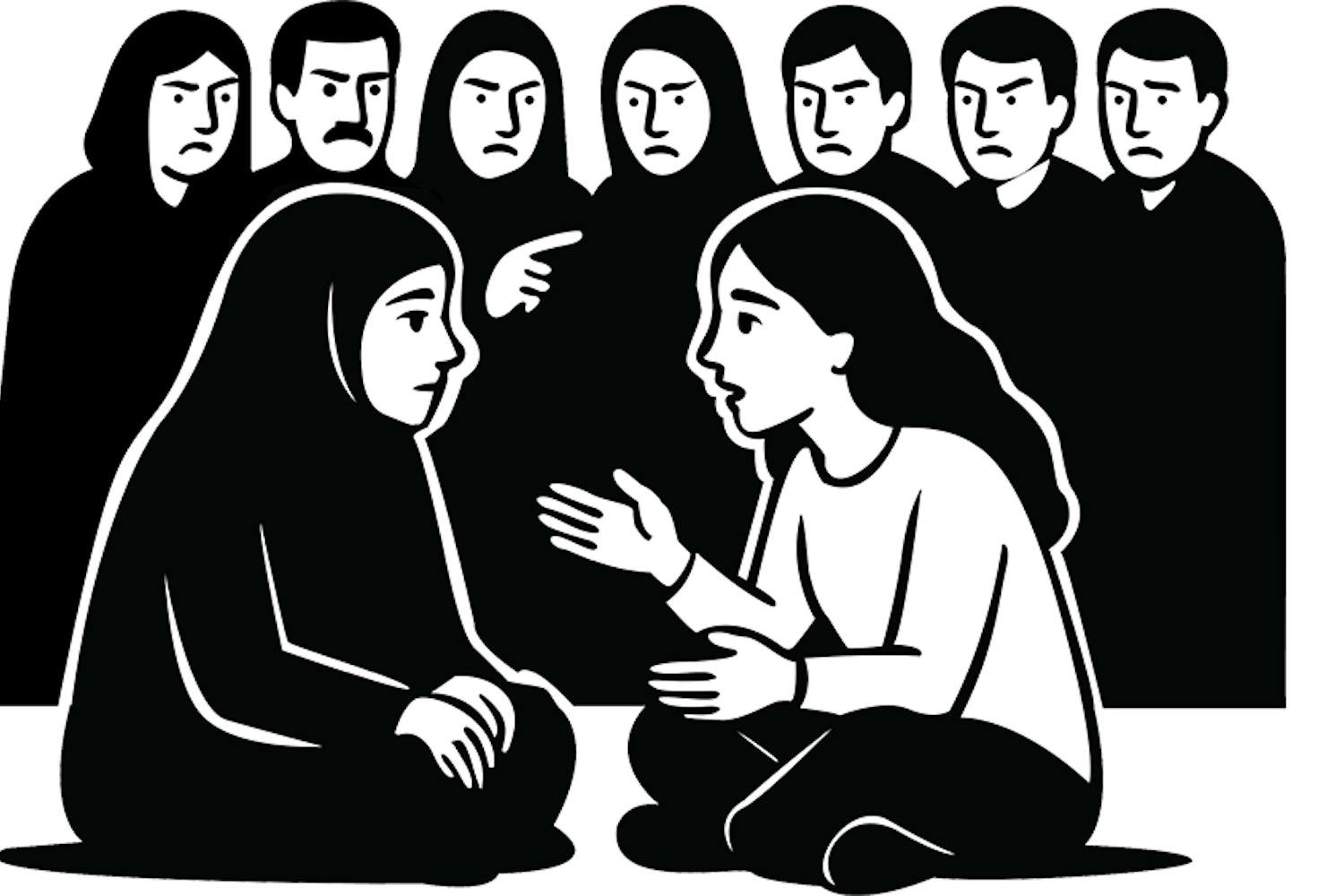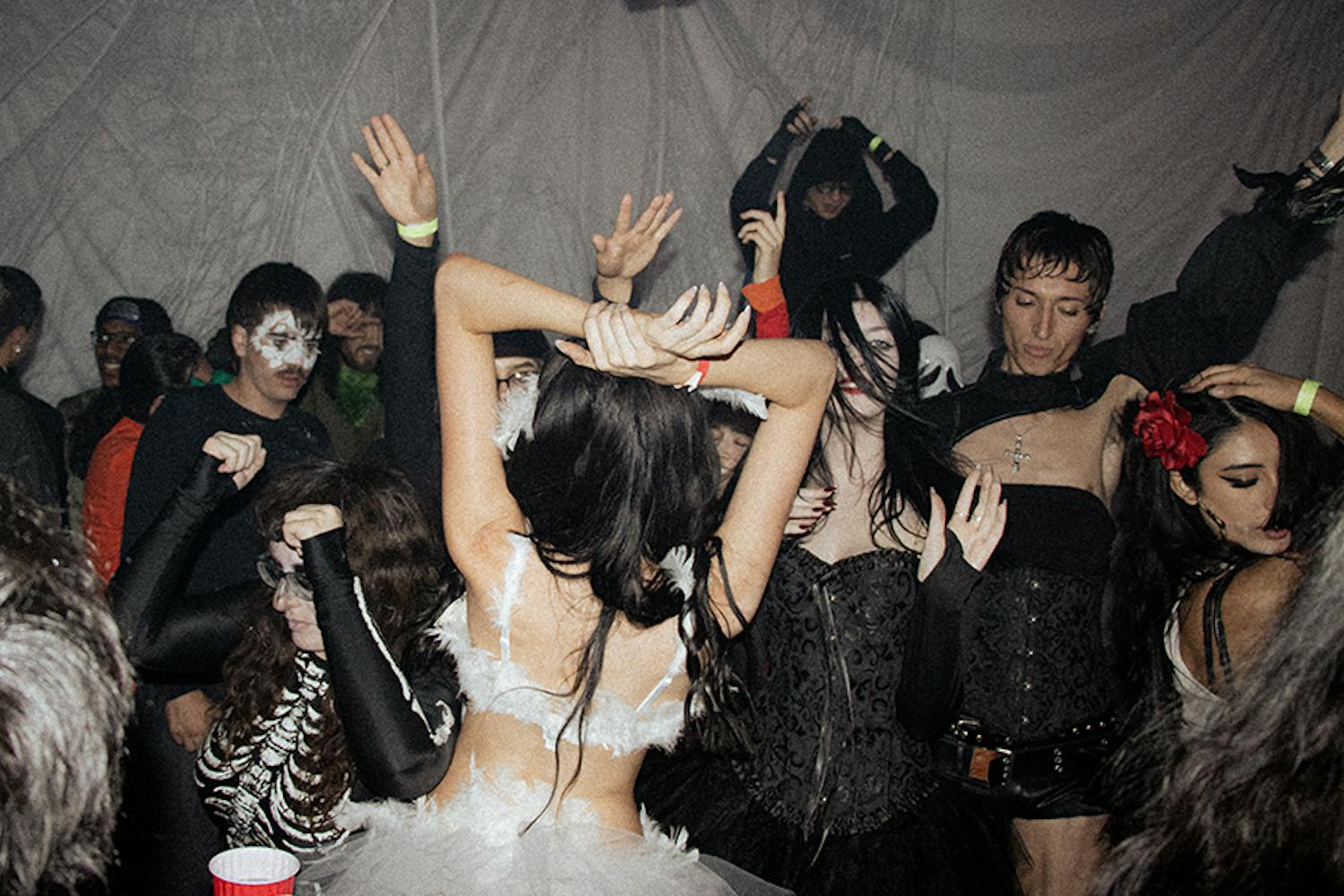Have you ever had those dreams that you just can’t get out of your head, or the ones that you keep dreaming about over and over? What about the dream of you coming to class naked or having your teeth fall out?
Many of us have asked ourselves what all this means. One professor has found some answers.
It all began about 30 years ago when Amira De La Garza was a youth minister at a local Catholic church near her campus in Austin, Texas. She was in search for some new programming ideas for the teens that attended the youth group when she came across a book by Jeremy Taylor, a Jungian dream analyst. Jungian dream theory, based on the work of Carl Jung, focuses on the understanding of opaque symbols in dreams, and how understanding them can bring energy to one's life.
Little did she know she would be studying with Taylor in the near future. The book was an opening to many doors and exciting beginnings in Jungian theory and analytical practices.
De La Garza continued her independent study of dream analysis up until the ’90s, when she began to study Taylor's work. All the while she was simultaneously studying for her doctorate in spirituality with theologian Matthew Fox. Shortly thereafter, she met a popular leader and author named Connie Kaplan, who she looked up to and studied with as well.
De La Garza, a communications professor who teaches classes in qualitative research, performance studies, critical methods and intercultural communication, has used many Jungian-informed methodologies to develop use in deep reflexive ethnography. She gives advice that if anything is giving you trouble at some unconscious level, it's likely able to be understood if you can find out the symbolic meanings our body is trying to tell us are there.
“My approach to working (with) dreams is rooted in the methods I learned from my teachers,” De La Garza said in an email interview. “Jeremy often reminded us that all dreams ‘come in the service of health and wholeness,’ so my approach seeks possible symbolic interpretations in each dream that could lead to insights into well-being.”
De La Garza gives most of the credit to her teachers, and has attempted to build on their lessons: She's worked to find more about dreams, to come up with ideas others can appreciate.
“Each part of the dream, in Jungian tradition, is an aspect of the dreamer's self, and so the dream would therefore imply something about the way the dreamer is in a sense, ‘interacting’ with or ‘reacting’ to his/herself,” she says.
She also says how Kaplan taught her to recognize that dreams carry symbolic wisdom to more than only the dreamer. Readings and interpretations are able to give deeper understanding and meaning into bigger social issues. She recommends Kaplan’s book, “Dreams Are Letters From the Soul,” which provides details on the types of dreams individuals can have.
De La Garza also mentions the common themes in many people's dreams.
“I believe that these are often archetypal images that might carry symbolism common to many people,” she says. “Jeremy encouraged us to study symbolism and world traditions to be able to recognize the symbolic potential in the dreams we hear. It has been very helpful that I am an ethnographer and work in the area of intercultural communication. He encouraged us to read anything and everything about symbolism from any cultural perspective available to us.”
At the beginning of this year, De La Garza created the Facebook page “Waking Dream” Circle. She started the dream circle because she wished to open up the possibility for a community of individuals who are interested in learning from each other’s dreams. The Facebook page is a place to post dreams in detail and have a group post in response what they think it might mean. The page encourages the belief that every dream means something and is a link to a person’s deepest desires or fears.
Dr. Sarah Tracy, who is another communications professor, has also joined and participated on the “Waking Dream” dream circle.
“From a communication stand put, talking about your dreams can be really healthy. Sleep nurtures you and this is all a part of leading a life of well-being,” Tracy says.
“I call my dream circle a ‘Waking Dream’ because I have often found that some episodes in our waking lives are more bizarre than a dream," De La Garza says. "So, when events in everyday life seem particularly confusing or overwhelming, I frame it as a ‘dream,’ and ask myself, ‘If this were a dream, what might it be telling me?’"
De La Garza believes that each person can respond to a dream's symbolism in a different way than another. She says the value of having a dream circle is intended to hear multiple readings without having to choose what the correct interpretation is. Each person has the ability to select what is of value to them.
There are many dreams out there that are dreamed commonly and there can be many readings. Here are De La Garza’s interpretations of them:
Having a dream going to school, and then realizing you are naked in your classroom.
“If I dreamed about coming to a class naked, I would consider the possibility that I am feeling that there's not much of a boundary between my private life and my public/school life. ”
Having a dream where all or multiple teeth fall out.
"If I were to dream about having my teeth fall out, I might consider whether I was having trouble ‘sinking my teeth’ into some part of my life, whether I was not able to get a 'bite' of something I needed for my health and nutrition.”
Having dreams where you couldn’t see other people’s faces.
“If I dreamed of not being able to see faces, I might consider whether there was any place in my life where I felt I didn't know what was expected of me, or whether there might be some way people were keeping themselves secret from me.”
Having a dream in a dream where you wake up and do what you normally would do in a day.
“I actually did dream that once that I woke up, got ready for work and was heading out the door. Then I woke up and had to do it all over again. At that time in my life, I was working over 90 hours a week as Assistant Director of Freshman Orientation and was exhausted.”
De La Garza considers that we as human beings are able to learn from one another’s dreams.
“In general, any dream reading I provide is never aimed at the dreamer, but receives the dream as an encoded message that can benefit anyone willing to interpret it with an open mind,” she says.
Contact reporter at cnnavarr@asu.edu






